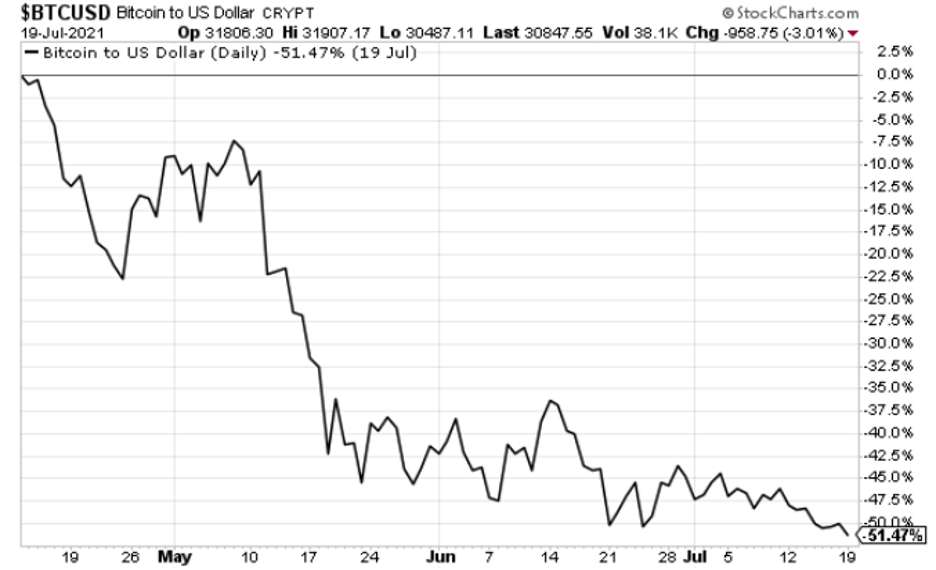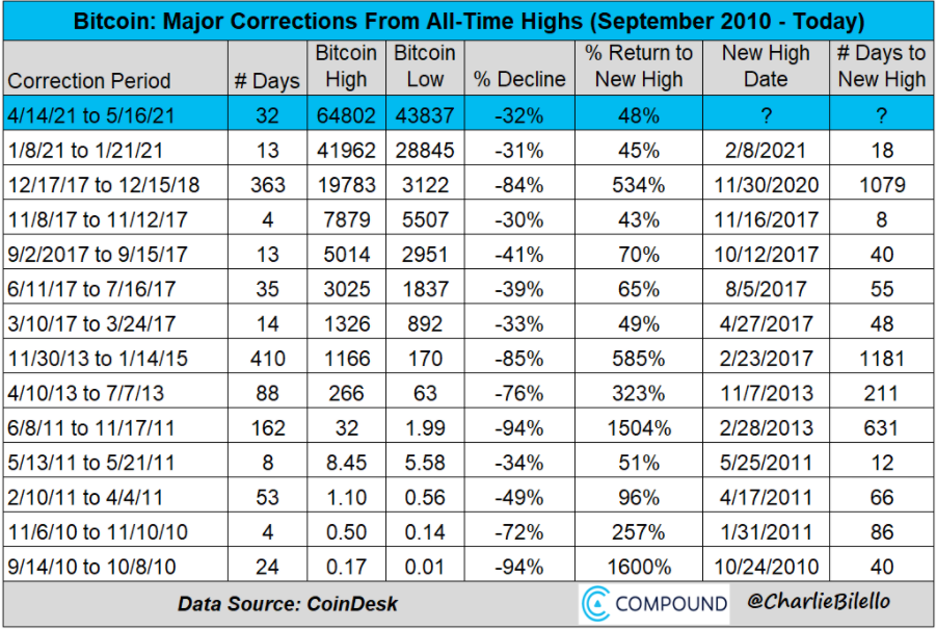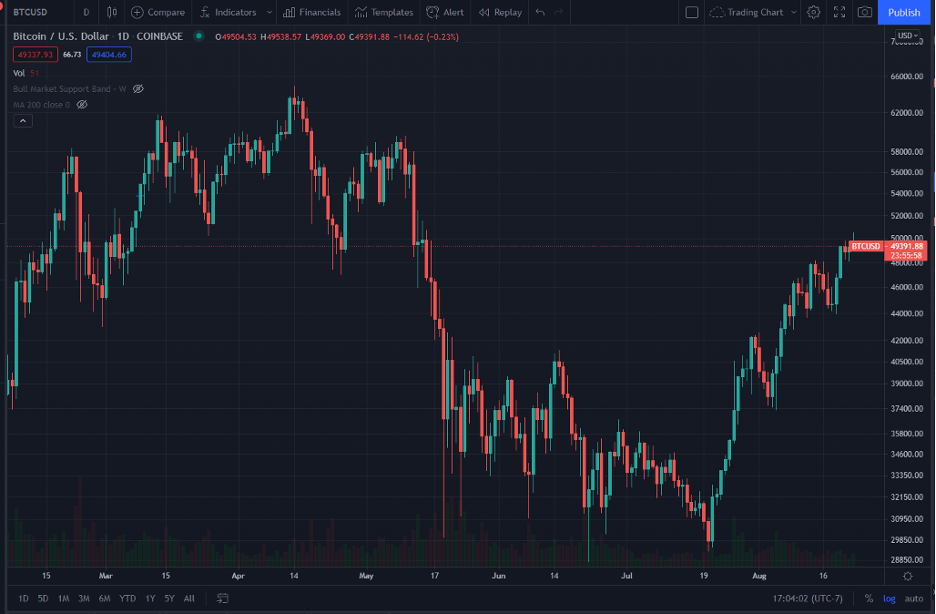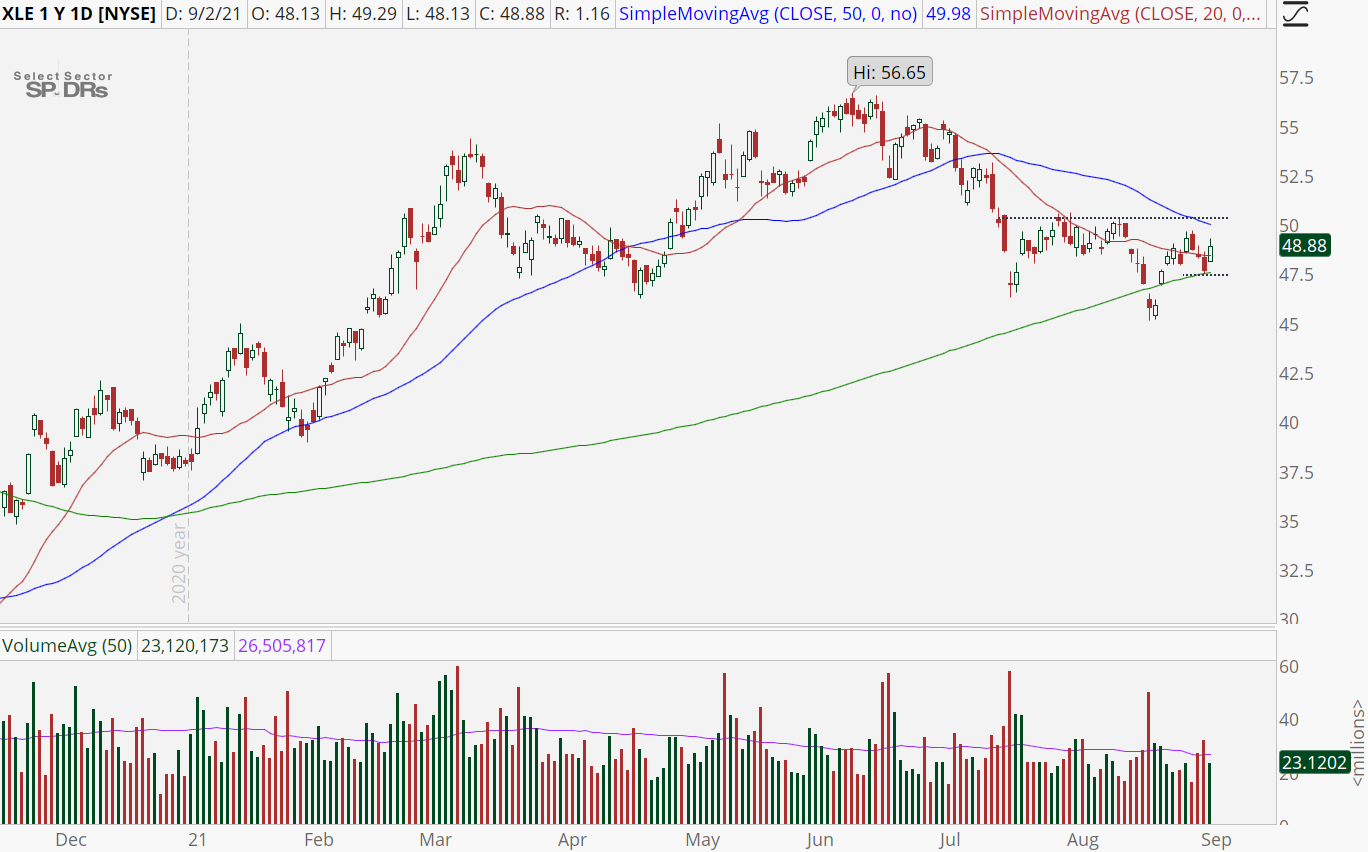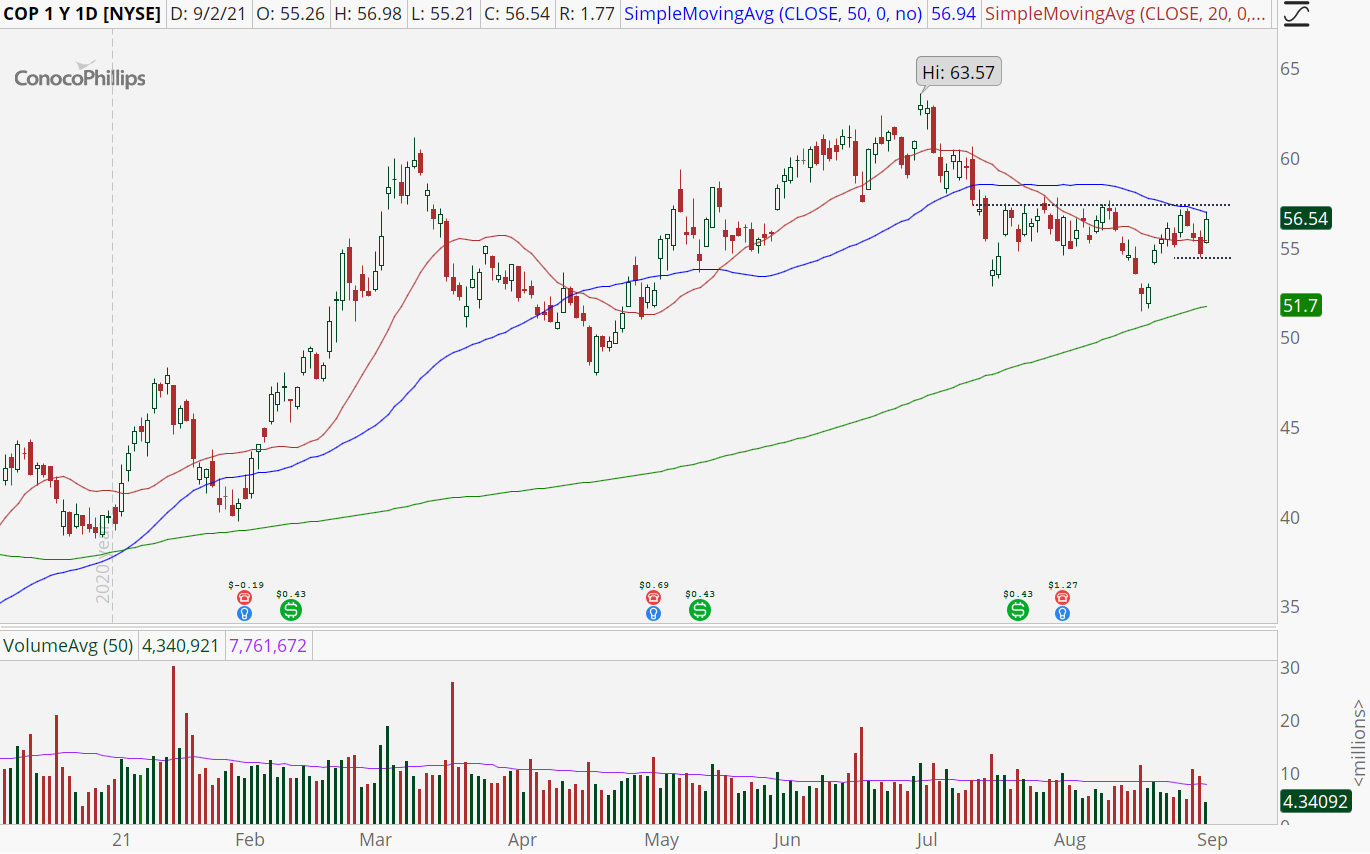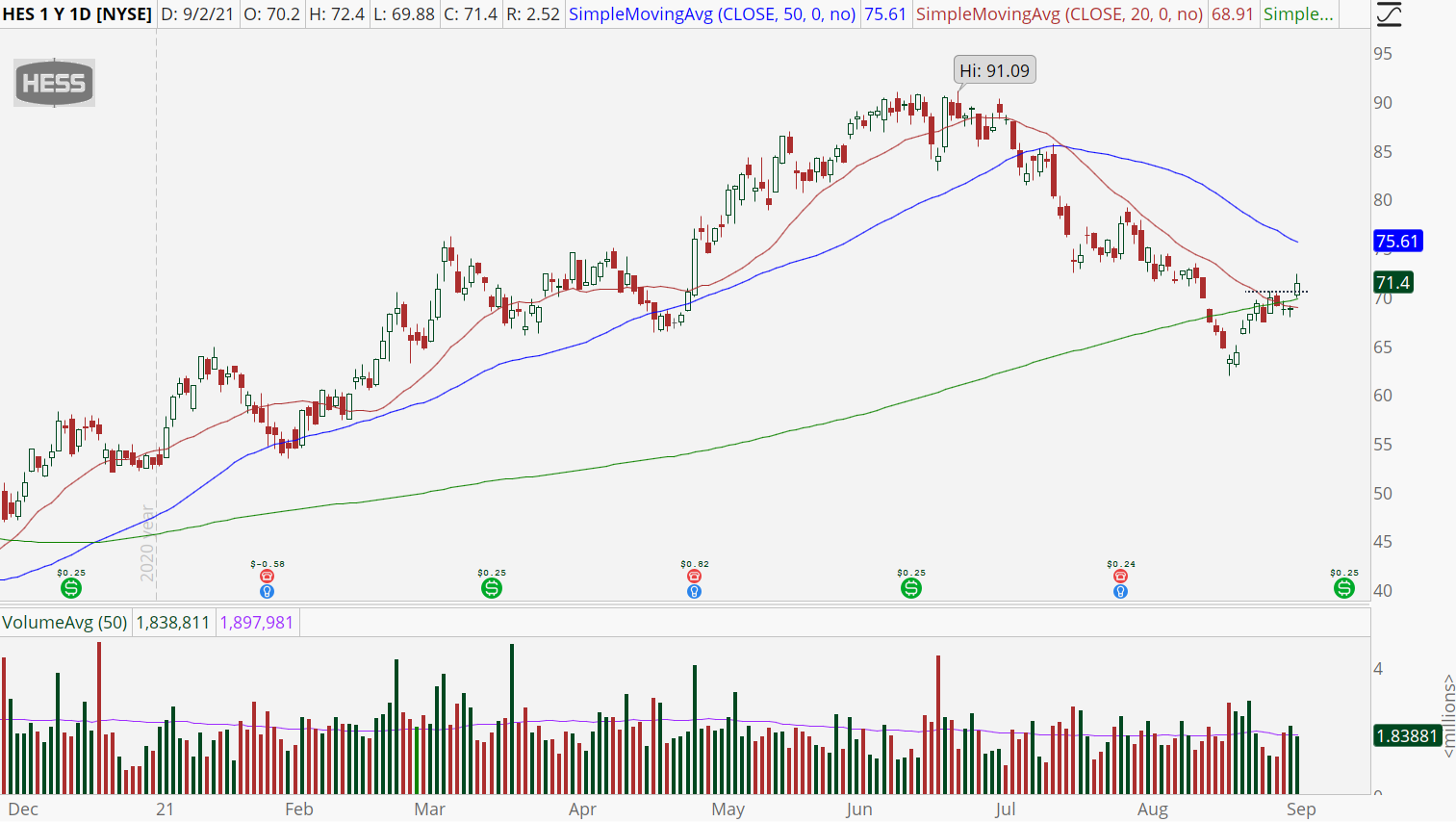Support.com (NASDAQ:SPRT) holds its special meeting on Sept. 10 to vote on its merger with Greenridge Generation Holdings. The merger’s acceptance requires that more than 50% of owners of SPRT stock vote to approve the deal.
The two parties announced their merger on March 22. The day before the merger announcement, SPRT closed at $2.14. Now it’s trading at nearly $22.
How many stocks do you know that have that kind of five-month performance? Very few. According to Finviz.com, out of 319 stocks that have doubled or better in 2021, SPRT is second best, trailing only AMC (NYSE:AMC).
I’m no fan of the theater chain, but if forced at gunpoint to buy one of the two stocks, AMC wins hands down.
The idea of bringing together a customer support business desperate for some value-add for its shareholders with a company that’s not sure if it’s an energy company or a Bitcoin (CCC:BTC-USD) operation is a worthwhile investment seems ludicrous.
Yet, here we are, days from a vote that asks SPRT shareholders to believe one plus one really does equal three.
It doesn’t. Here’s why.
SPRT Stock Pre-Merger Announcement
Support.com went public in July 2000. It sold 4.25 million shares at $14 apiece. It got its start in December 1997.
“We provide eBusiness infrastructure software that automates, personalizes and enhances user support over the Internet. Our eSupport software is designed to accelerate eBusiness growth and to increase customer satisfaction and retention,” states page 3 of its IPO prospectus.
In 1999, it had $3.2 million in revenue and a $13.7 million operating loss. In 2020, it had $43.9 million in revenue and an operating profit of $52,000. Going back over its 10-k’s between 2001 and 2020, Support.com’s best year for sales was 2013 when it generated $88.2 million on the top line and a $10.8 million operating profit. That appears to be its best year for profits, too.
In 2013, SPRT stock got as high as $17.22, or thereabouts. After that, it hadn’t come close until its massive surge in August.
This is the first time I’ve covered the stock; I’ll assume most people already know that Greenridge is using the company to go public. It likely has no long-term interest in running a customer support business.
Think of SPRT as a special-special purpose acquisition company, or SSPAC. It adds little value to the equation.
So, rather than 1+1=3, investors are likely hoping it’s more like 0.5+1.5=3. But I digress.
An Energy Company or a Bitcoin Miner?
In mid-August, InvestorPlace’s Chris MacDonald discussed what Greenridge and Support.com bring to the table in their merger.
“Greenridge reported it expects to end the 2021 calendar year with $50 million in EBITDA (earnings before interest, taxes, depreciation and amortization). The company expects this run rate to improve to $160 million by 2022,” MacDonald wrote on Aug. 13.
“As part of the deal, Support.com will provide $33 million to the combined entity. At closing, it’s expected investors in SPRT stock will have 8% of the merged company.”
As page 20 and 21 of the March presentation explaining the benefits of the merger points out, Greenridge’s EBITDA is expected to grow from $6 million as of February 2021 to $52 million in 2021, and $109 million in 2022. Those last two estimates are based on a Bitcoin price of $49,000.
In the latest 12 months ended February 2021, Greenridge had 17 MW (megawatts) capacity that mined 1,186 Bitcoins generating $26 million in revenue.
On page 7, it points that the 26 MW mining capacity consists of 7,800 Bitcoin miners. That’s 300 miners per MW. Based on 17 MW, that’s 5,100 miners that produced 1,186 Bitcoin, or 0.23 Bitcoin per miner. So based on 85 MW mining capacity in 2022, we’re looking at 25,500 miners. Multiply that by 0.23 Bitcoin, and you get 5,865 Bitcoin produced in 2022.
So, based on the 2022 estimated run rate, revenue will be $206 million, or $35,124 per bitcoin. Subtract the cost to mine one Bitcoin is $2,869; the profit potential is intriguing.
Why, then, did it take Greenridge four years to get to $26 million in revenue? Does it have everything to do with the price of Bitcoin? Or is it because it originally intended to run the power plant as an energy company, but the rising price of Bitcoin made it pivot?
We’ll probably never know the actual true story.
I can see the appeal for Support.com management and insiders to want this deal to go through. If it gets anywhere near the projections of revenue and EBITDA, the 4% stake (plus the 8% stake for its other shareholders) will be worth considerably more than if it continued operating as an internet customer support service provider.
It’s an excellent Hail Mary; I don’t know whether it will work or not. You’re on your own on this one.
On the date of publication, Will Ashworth did not have (either directly or indirectly) any positions in the securities mentioned in this article. The opinions expressed in this article are those of the writer, subject to the InvestorPlace.com Publishing Guidelines.
Will Ashworth has written about investments full-time since 2008. Publications where he’s appeared include InvestorPlace, The Motley Fool Canada, Investopedia, Kiplinger, and several others in both the U.S. and Canada. He particularly enjoys creating model portfolios that stand the test of time. He lives in Halifax, Nova Scotia. At the time of this writing Will Ashworth did not hold a position in any of the aforementioned securities.



